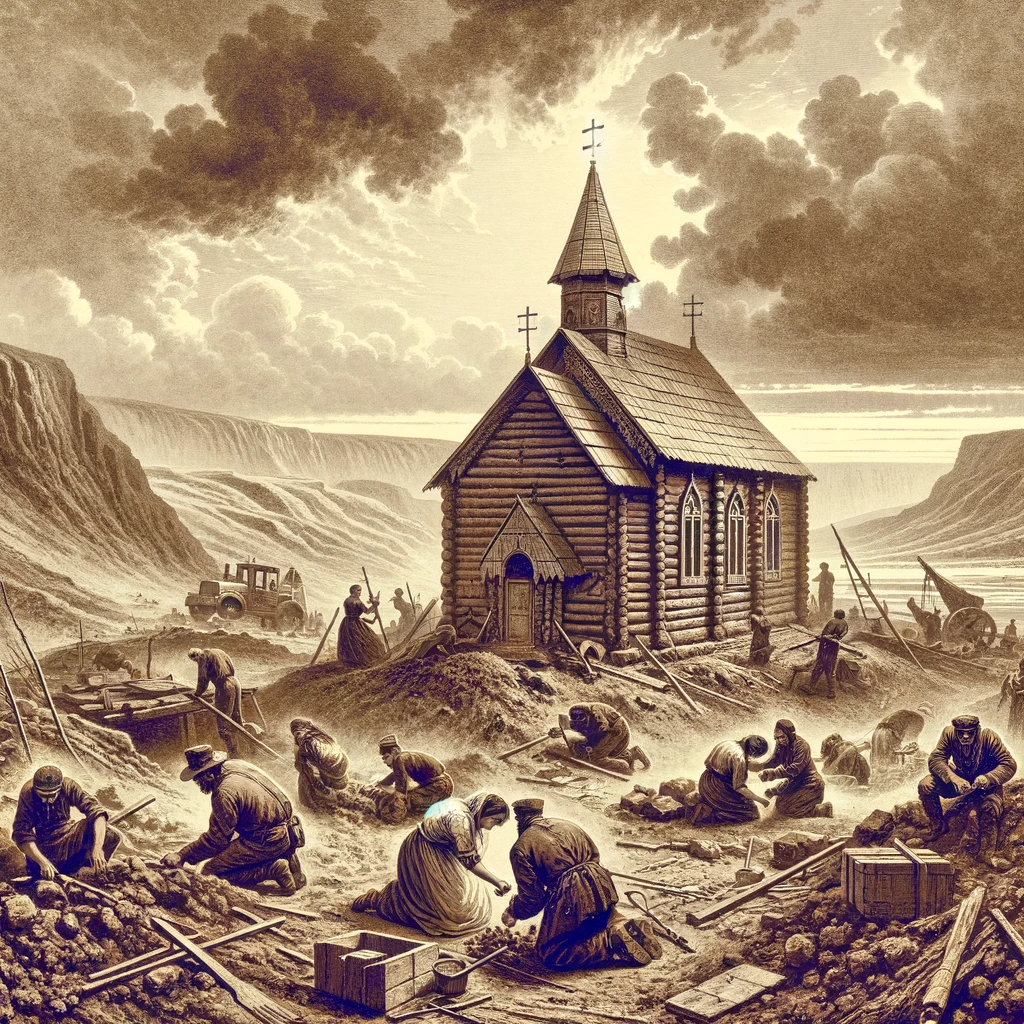Sayde Church, a prominent institution in the annals of religious history, has always been a symbol of faith, hope, and community. While today it stands tall as a beacon of spiritual enlightenment, its early years were fraught with challenges that tested the resolve of its founders and congregation. In this article, we delve into the captivating story of Sayde Church’s beginnings and explore the myriad challenges it faced on its path to becoming an enduring institution.

The Birth of Sayde Church
Sayde Church was founded in the late 19th century by a group of visionary individuals who sought to create a place of worship and spiritual refuge for their community. These early pioneers were fueled by a deep sense of faith and a desire to foster a sense of belonging among their fellow believers.
Financial Struggles
One of the most significant challenges faced during Sayde Church’s early years was financial instability. With limited resources and a small congregation, sustaining the church’s operations and maintaining the building itself proved to be an uphill battle. The founders had to rely on donations and personal sacrifices to keep the doors open, and the threat of closure loomed large.
Building and Expansion
Expanding the physical space to accommodate the growing congregation was a monumental challenge. The church’s leaders had to organize fundraising events, seek donations from the community, and even take out loans to construct additional facilities. This constant need for expansion put a tremendous strain on the financial resources and tested the commitment of the church members.
Community Resistance
In the early years, Sayde Church faced resistance from some segments of the community who were hesitant to embrace a new religious institution. Long-established churches and religious groups viewed the upstart Sayde Church with suspicion, leading to occasional conflicts and difficulties in building a harmonious relationship within the broader community.
Leadership and Governance
Establishing a stable leadership structure was another significant hurdle. Finding capable individuals willing to take on leadership roles and navigate the complexities of running a religious institution was a continuous challenge. The church had to adapt and evolve its governance model to ensure long-term stability and effective leadership.
Doctrinal Debates
Doctrinal disagreements and theological debates within the congregation added to the challenges. Members held diverse beliefs, and reconciling these differences required patience, understanding, and open dialogue. These debates often tested the unity and cohesiveness of the early church community.
Cultural Shifts
The early years of Sayde Church were marked by cultural shifts and societal changes. Navigating these transformations while staying true to its core values and principles posed yet another challenge. Adapting to new cultural norms without compromising its identity was a delicate balancing act.
The Legacy of Resilience
Despite these formidable challenges, Sayde Church persevered. The founders’ unwavering faith and the dedication of the congregation enabled the church to overcome adversity. Through unity, determination, and innovation, Sayde Church not only survived but thrived in the face of numerous obstacles.
Conclusion
The early years of Sayde Church were indeed a testing ground for its faith, resilience, and commitment. Overcoming financial struggles, community resistance, and doctrinal debates, the church emerged as a thriving institution that continues to inspire and uplift its members today.
As we reflect on the challenges faced during the formative years of Sayde Church, we are reminded that even the most enduring institutions are born from adversity. It is through these trials that the foundation of faith and community is built, leaving behind a legacy that continues to shape the lives of its members. Sayde Church stands as a testament to the power of faith and unity in overcoming challenges and emerging stronger on the other side.